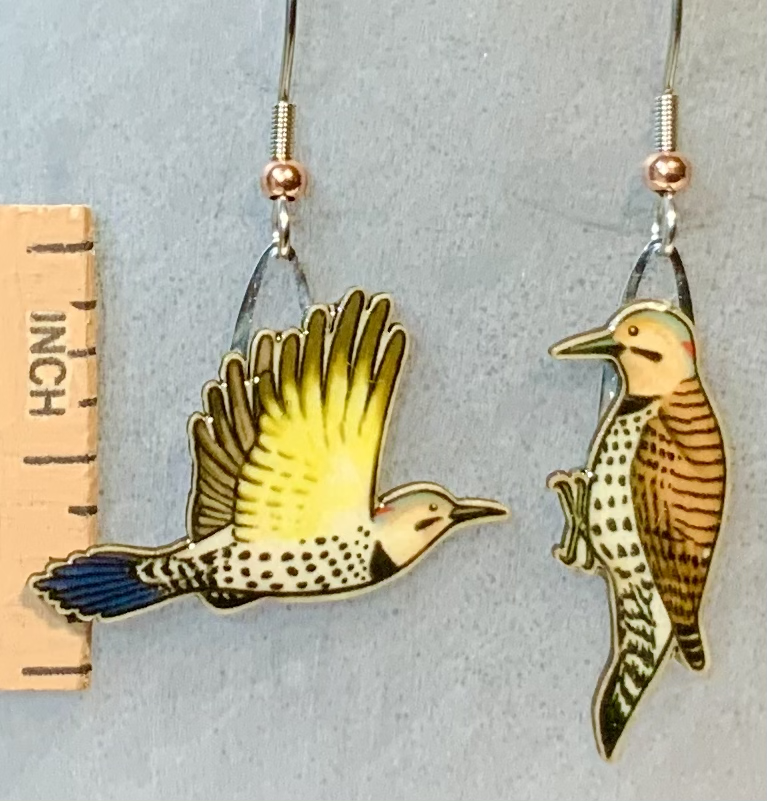
Yellow-shafted subspecies lives on the east side of North America throughout the states and much of Canada. Their range extends west into the plains and Texas. It’s a common bird in many kinds of habitat with edges as well as towns and suburbs.

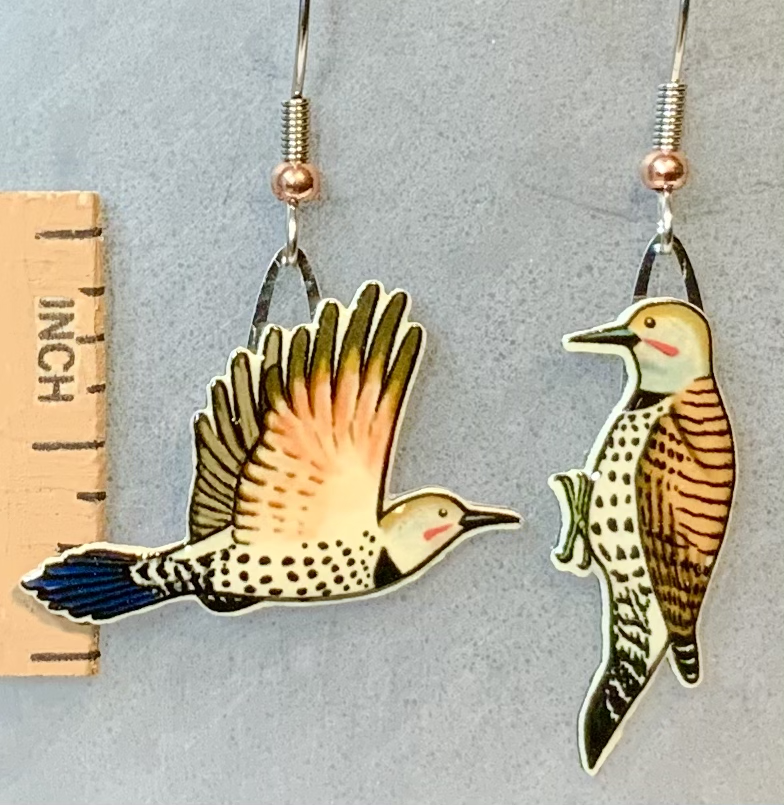
Red-shafted subspecies lives from the west side of the Great Plains to the West coast. Ecologically they are identical to the the Yellow-shafted and they do range to the higher altitudes out west.

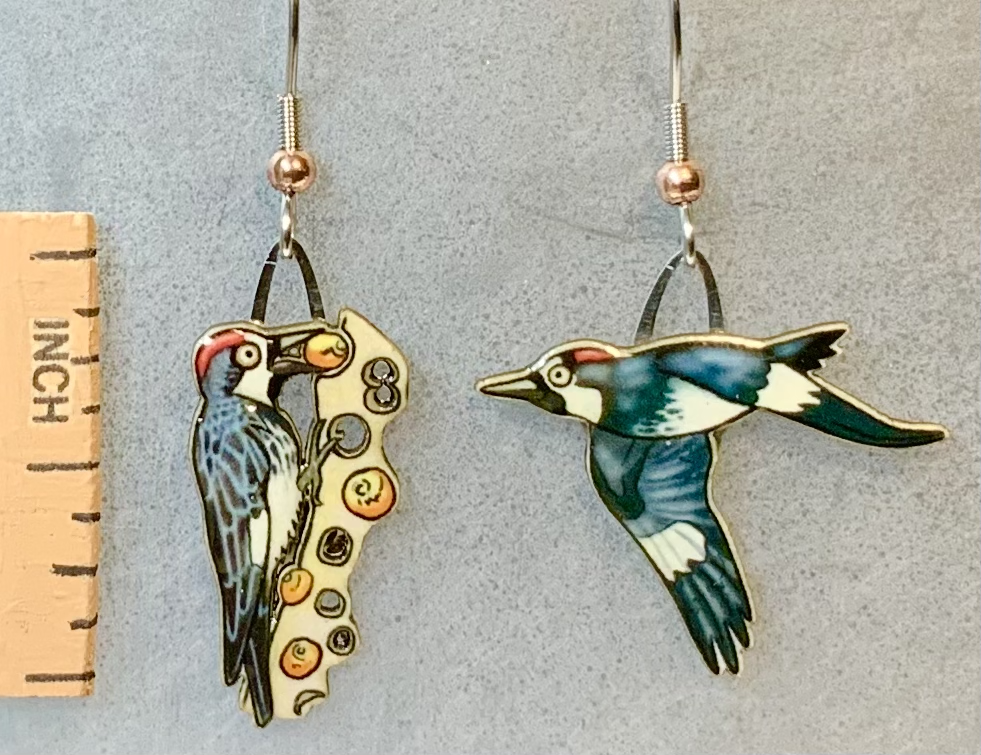
A south western woodpecker with a funny face and unique habit of storing acorns in the holes they drill. Design by Cecil

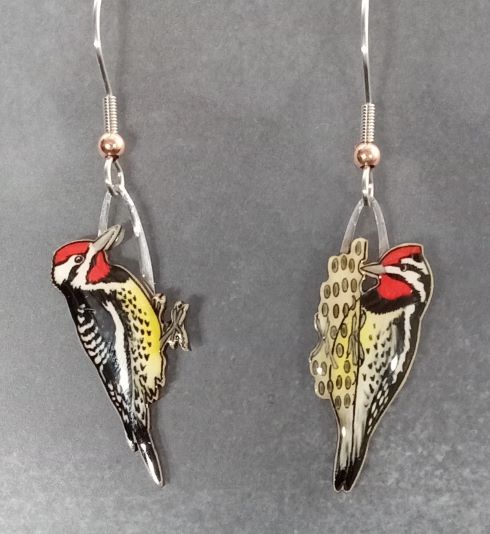
These unique woodpeckers drill series of small holes in living trees in order to sip the sap. The Yellow-bellied species range throughout the eastern half of North America either as summering/wintering residents and as migrants.

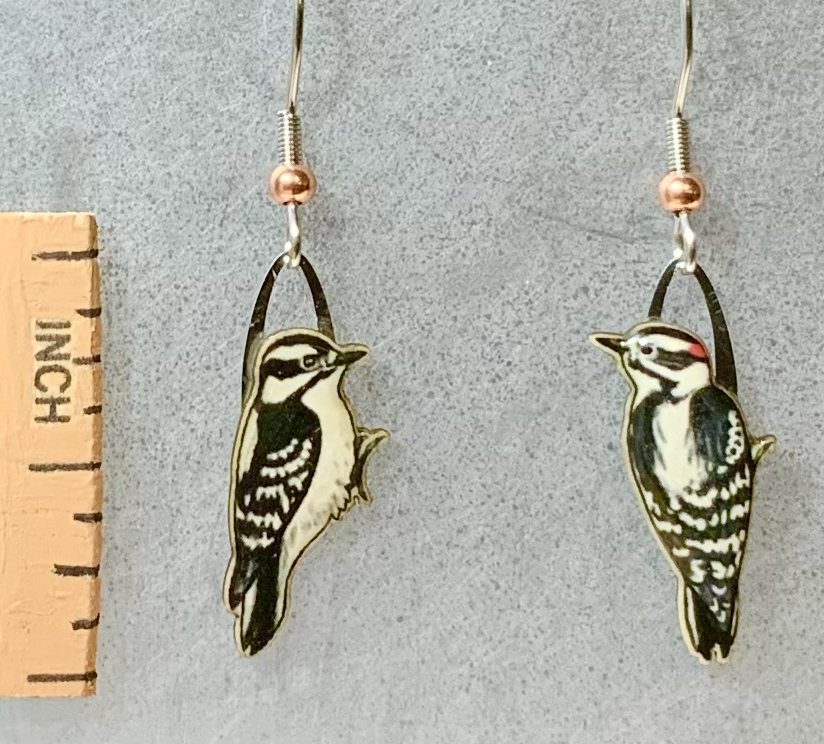
Our smallest woodpecker and widely distributed across almost all North America. They love backyards and feeders as much as our wild areas.

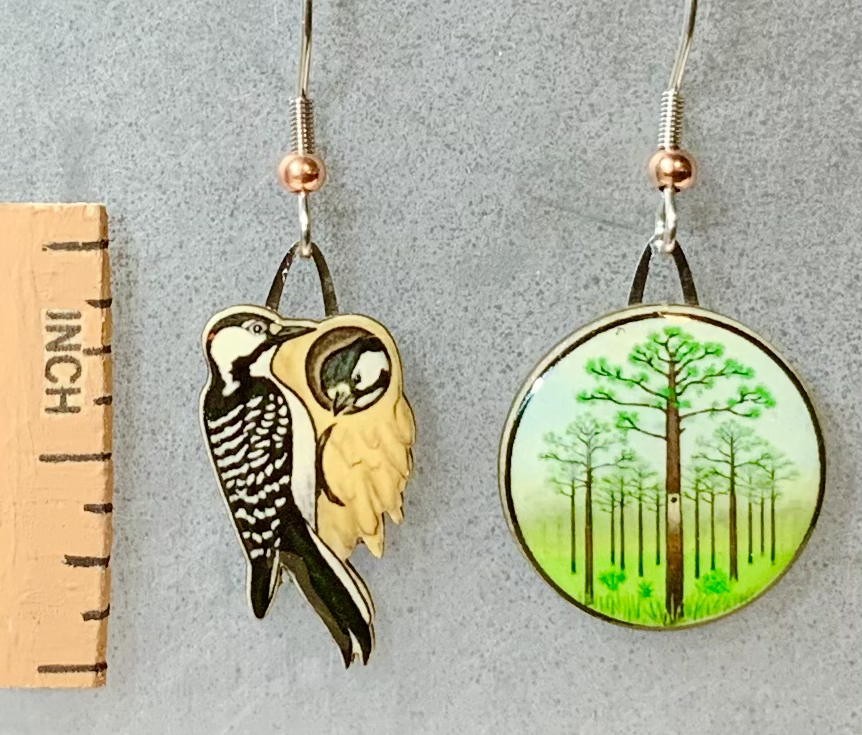
(Paired with the Longleaf Pine Community.) A habitat specialist this woodpecker is exclusively associated with the Long Leaf Pine savannas characteristic of the Southeast coastal plains.


Mainly a forest bird east of the Great Plains as well as up into Canada and on the West Coast. Dead standing trees are important to Pileated and to many other kinds of woodpeckers.

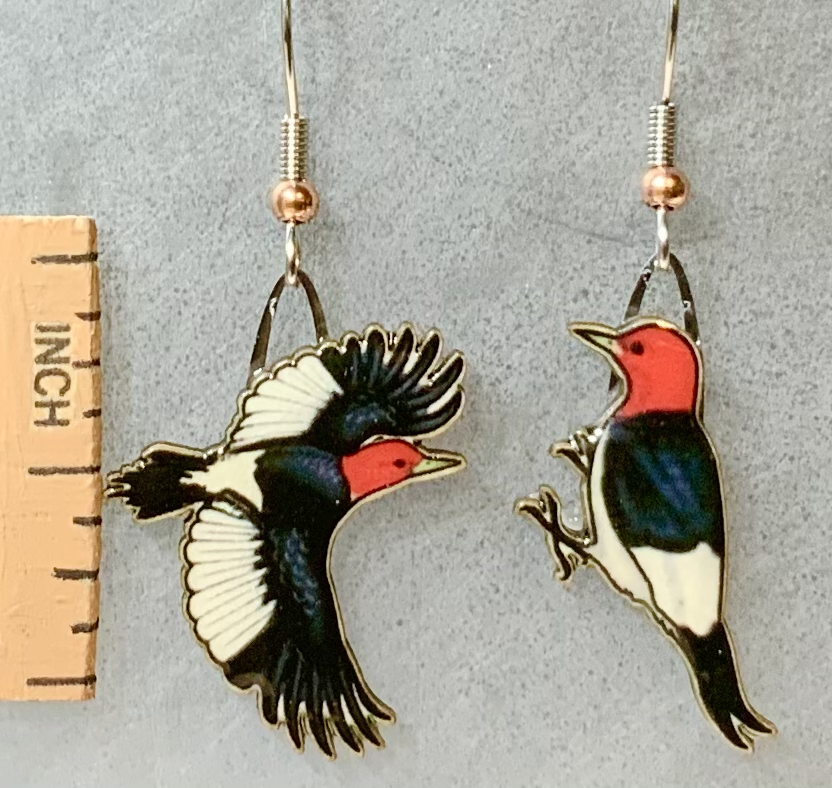
Red-headed Woodpeckers live year round through out the southern and eastern parts of their range which is from the Great Plains eastward, and they breed up into Canada. Habitat wise they are a bit more specialized then more common woodpeckers species and their numbers are a declining. They like wooded areas that are relatively open and without a lot of understory. The transitions that beavers bring to a habitat are an example of desirable habitat.

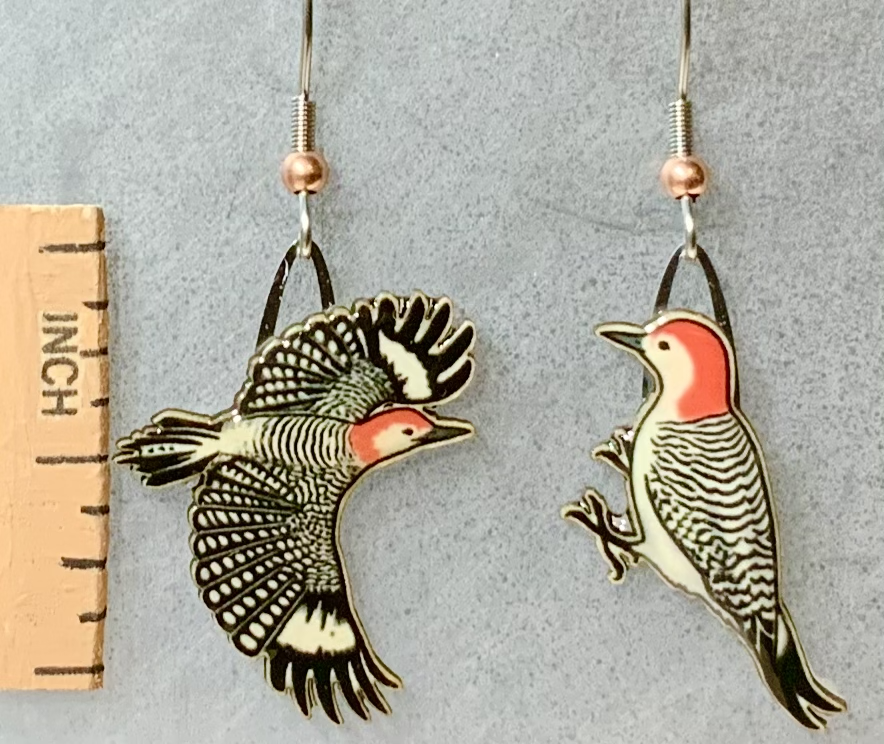
Common year round throughout the eastern US. They frequent human habitat and attracted to back yards with feeders. They do have a reddish smudge on their belly that is not easily revealed as a field mark.
